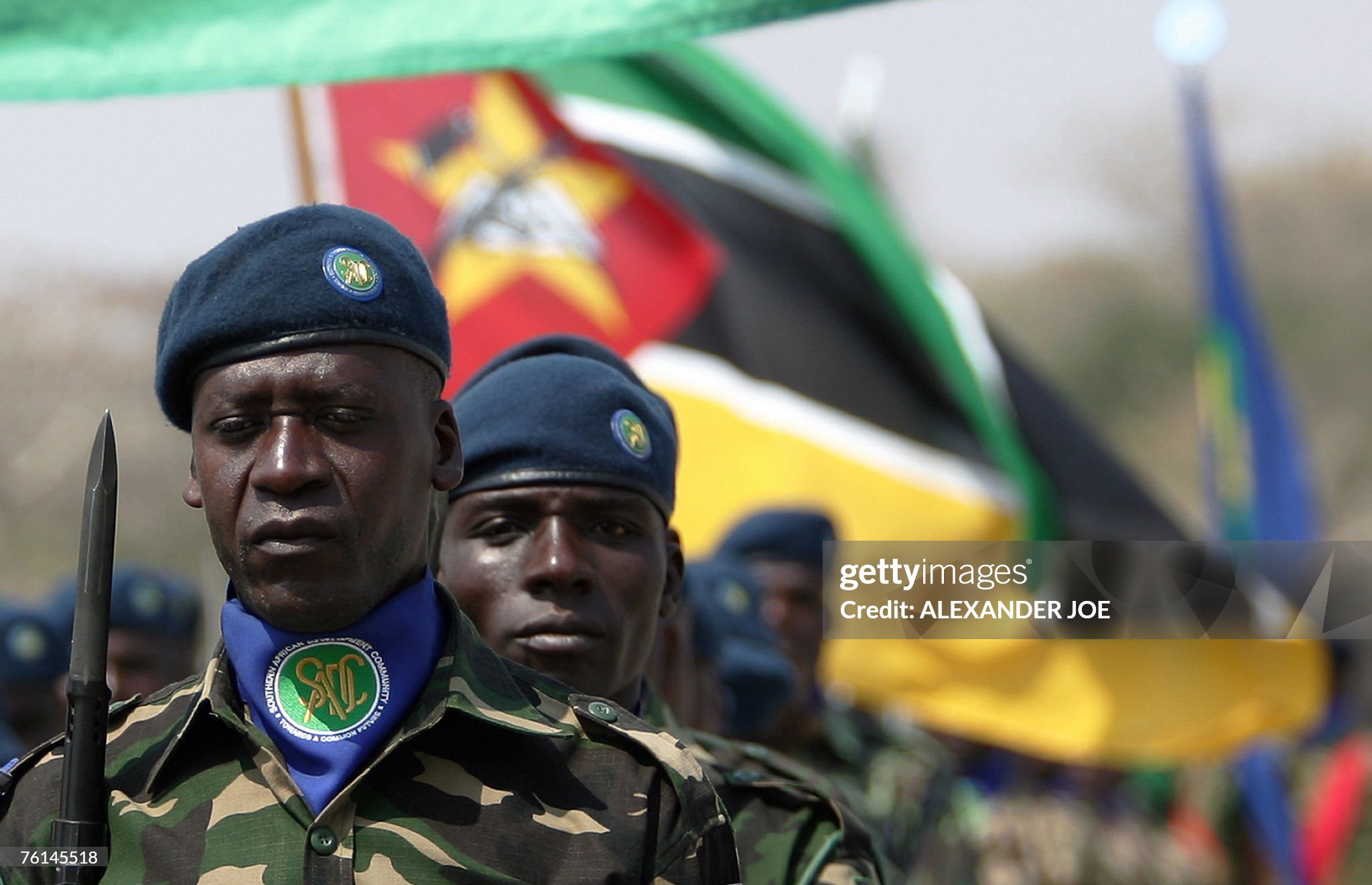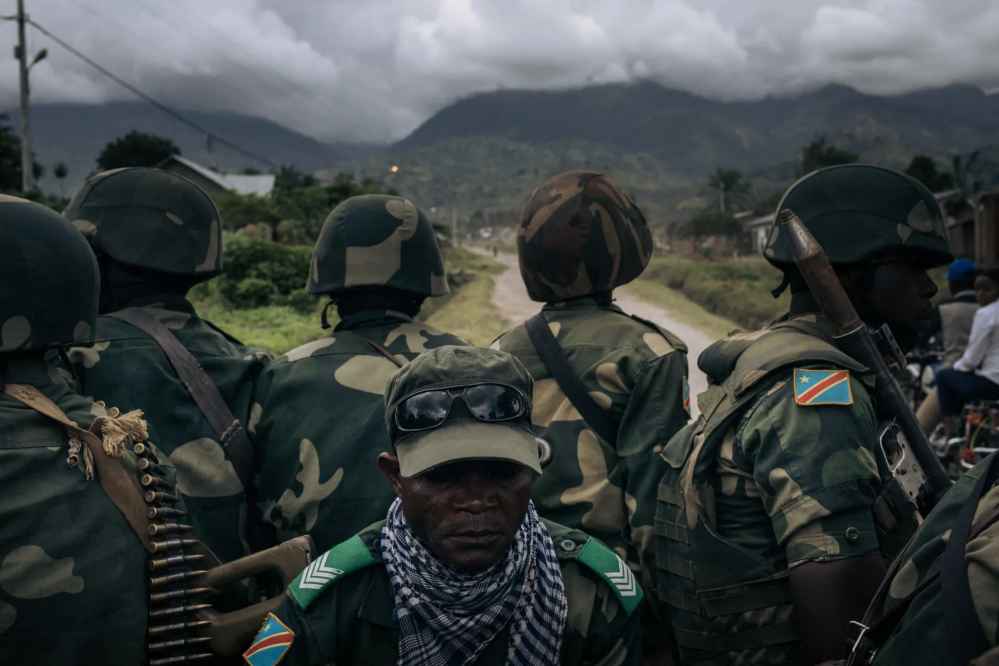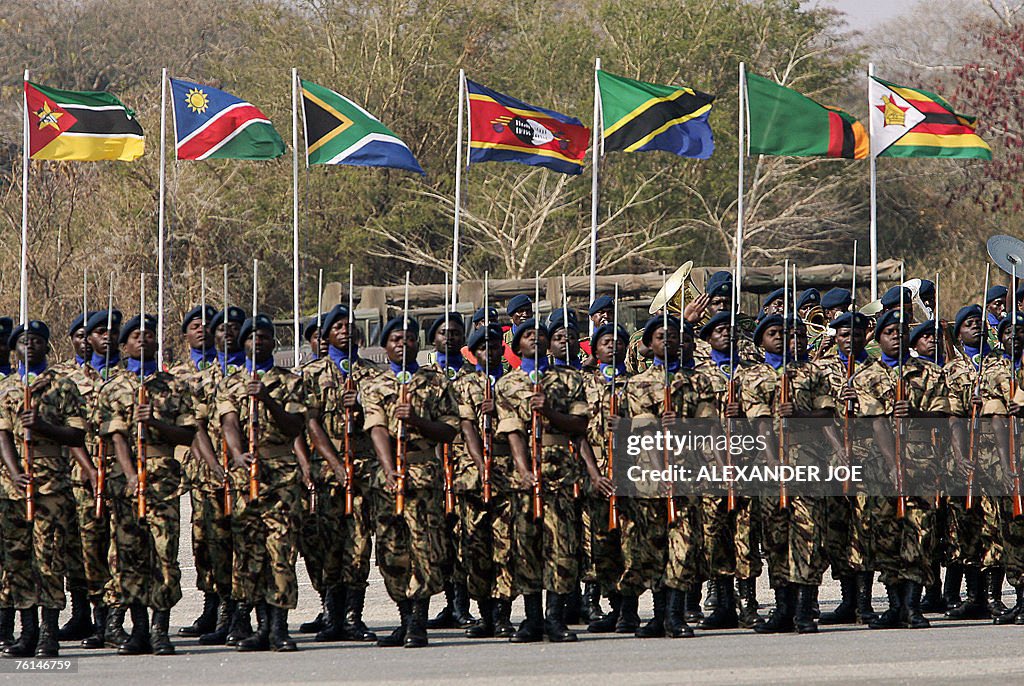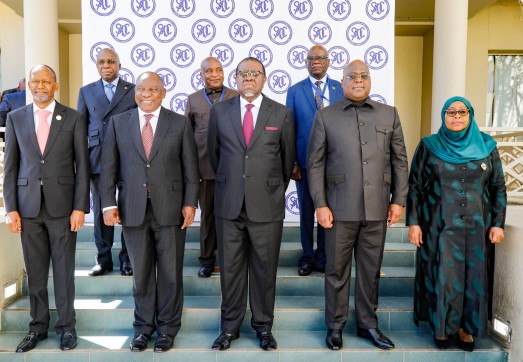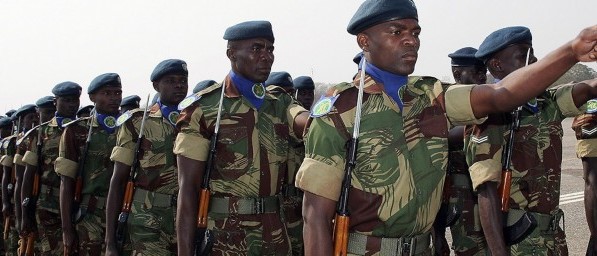Regional
SADC is aiding Tshisekedi to break DRC apart. Here’s how

Since
the Southern African Development Community
(SADC) took the decision to deploy troops to the Democratic Republic of Congo (DRC),
political analysts have wondered whether the development will solve the decades
long security crisis in the east of the country, or will lead to splitting DRC
apart.
The SADC bloc said that the mission of its forces was to work
with the Congolese armed forces to fight the M23 rebels.
The Democratic Alliance (DA) Member of Parliament, and
shadow Minister of Agriculture, Land Reform and Rural Development, MP Kobus Marais, termed the deployment of South
African troops in DRC reckless, and called on South Africa’s President Cyril Ramaphosa
as the Commander in Chief to reverse the decision.
“The deployment of the South African National Defence Force
(SANDF) as part of the SADC’s military intervention force to the eastern DRC is
a reckless decision that will potentially place the lives of our uniformed
forces at severe risk,” Marais said.
The
deployment of the SADC Mission in the Democratic Republic of Congo (SAMIDRC) was
approved by the Extraordinary SADC Summit of Heads of State and Government held
in Windhoek- Namibia, on May 8, 2023, as a regional response to address
insecurity in eastern DRC.
However,
the decision by SADC to replace the East African
Community Regional Force (EACRF) that was already on ground, but sent packing
by Tshisekedi, played out like a coup and a vote of no confidence by SADC against
the EAC-led Nairobi Process aimed at resolving the
conflict in eastern DRC.
When SADC claims that the deployment of SAMIDRC was decided in
accordance with the principle of collective self-defence and collective action
as outlined in the SADC Mutual Defence Pact (2003), it gives an impression that
SADC was misled and does not understand the nature of the conflict in eastern
DRC.
Although there are more than 260 armed groups operating in
eastern DRC, some of which are created and sponsored by Congolese government,
SAMIDRC has been invited to fight only one group, the M23 rebels.
This begs the question: does SADC fully understand the root
cause of the M23 rebellion and probably its difference with other armed groups?
The conflict is not an external aggression because M23 rebels
are Congolese fighting for their denied rights as legitimate citizens of DRC.
Such an internal conflict does not require collective SADC
military action, but regional mediation efforts could help to address the root
causes of the conflict.
It is absurd to see Angola which is supposed to be the
mediator in the DRC conflict, supporting use of arms as the best option to
provide a solution, knowing very well that a military option also supported by
SADC did not work 10 years ago.
Lack of cooperation and common understanding between SADC and
the East African Community on the nature of the conflict in eastern DRC spells
disaster for the great lakes region.
The SADC bloc risks escalating the conflict which is likely
to split DRC apart.
The Congolese Tutsi population is being targeted and killed
by the Congolese government and armed militia when the world is watching. The
M23 rebels have vowed to fight on until their grievances are heard and
addressed or else they will be forced to set up their own governance structures
to protect their communities.
The Congolese government under Joseph Kabila signed a peace
deal with the M23 rebels in December 2013, ending an 18-month insurgency against the Kinshasa government.
The DRC government spokesman at
the time, Lambert Mende, confirmed that three agreement documents were signed
at State House in Nairobi, Kenya. The failure by Kinshasa to honor the agreements,
largely, resulted in the continued M23 rebellion.
Tshisekedi has even gone to an extent of saying that M23
does not exist and lying that the conflict is an external aggression by Rwanda.
Instead of deploying troops to support the Congolese government
to fight its own citizens, SADC would do better by supporting a peaceful political
settlement of the conflict through dialogue as the proposal put forward by the EAC-led Nairobi Process.
Refusing to bring the warring parties to the table to reach
an agreement by peaceful means will only lead to an endless crisis.



